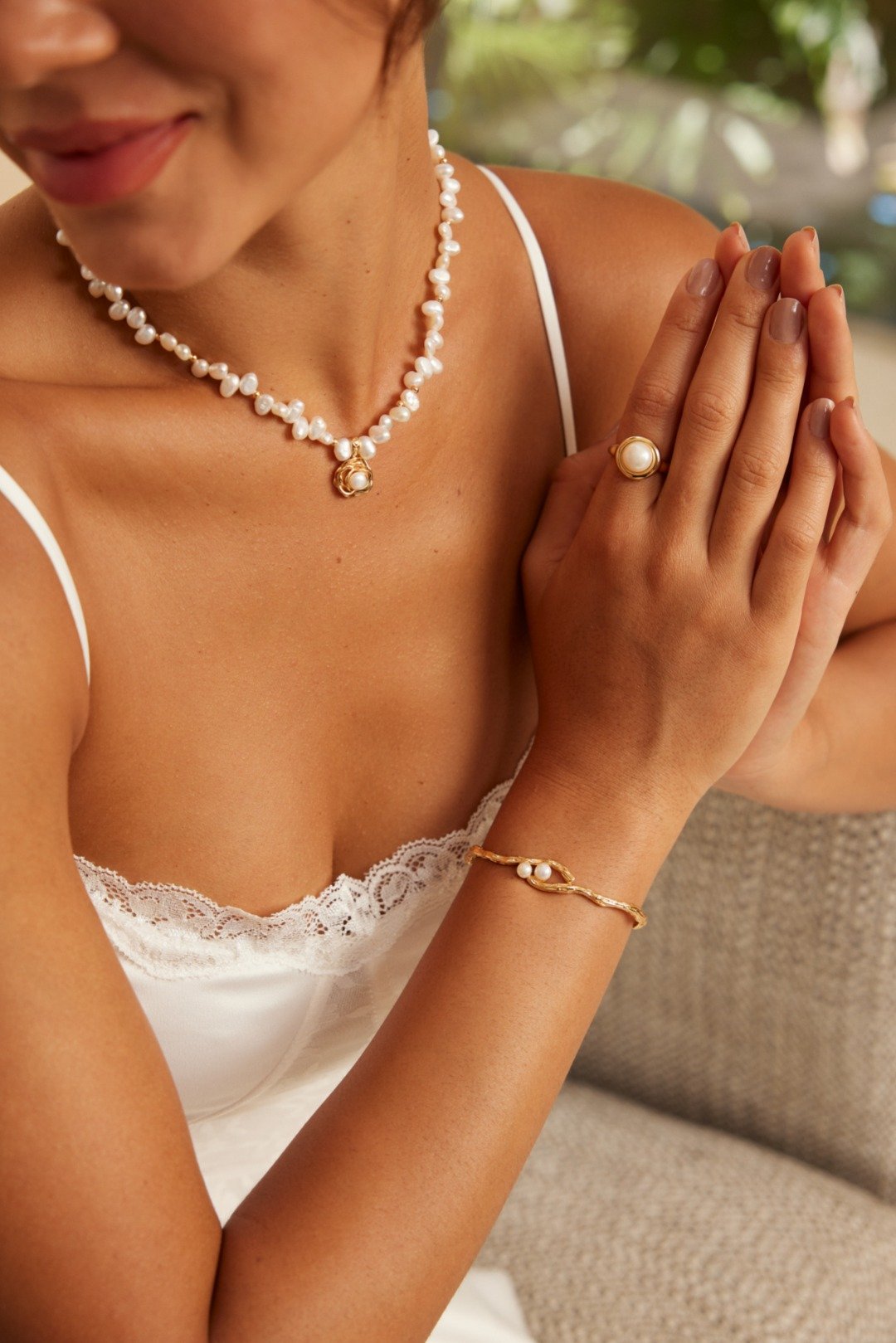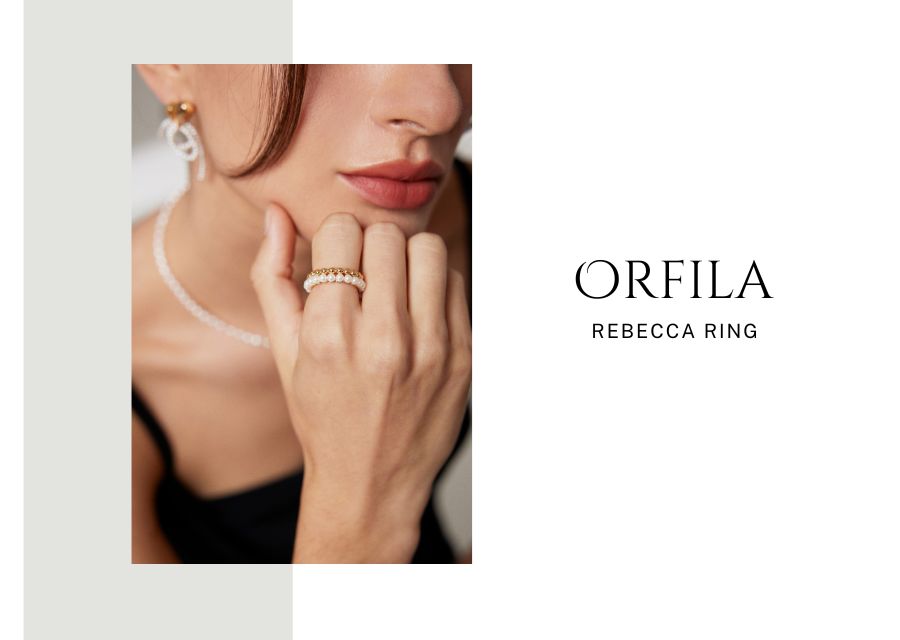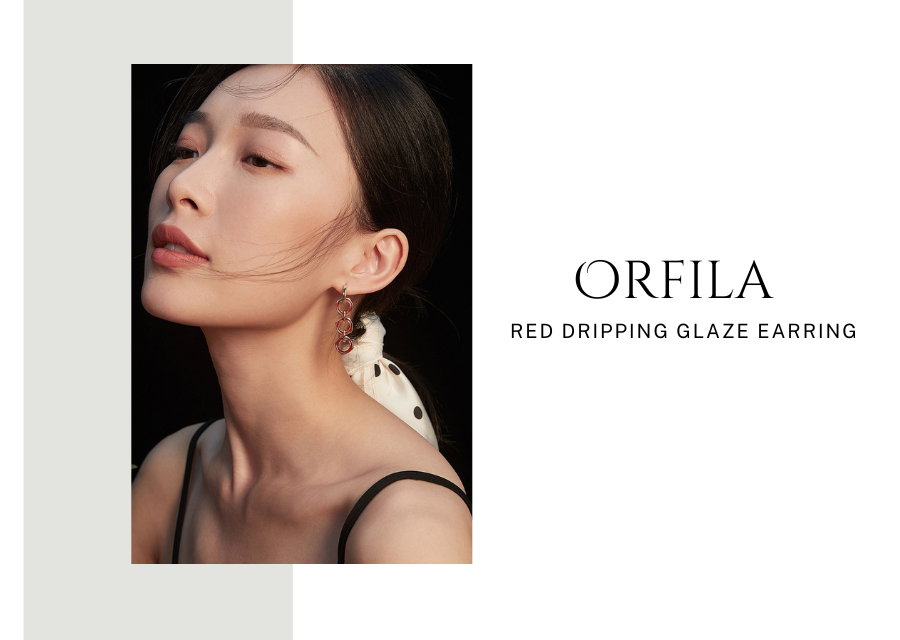Choosing Sensitive Skin Gold-Plated Jewelry:The Ultimate 2025 Guide

Introduction
If you have sensitive skin, picking out jewelry can feel like walking through a minefield. You want something beautiful and affordable—like gold-plated jewelry—but the wrong choice could leave your skin red, itchy, or irritated. Gold-plated jewelry is a fantastic option for those who love the look of gold without the hefty price tag, but for sensitive skin, it’s not always straightforward. In this blog, we’ll break down everything you need to know about choosing sensitive skin gold-plated jewelry that’s safe, stylish, and comfortable to wear. Whether you’re new to jewelry shopping or a seasoned enthusiast, these tips will help you make smart choices and keep your skin happy.
Why Sensitive Skin Needs Extra Care
Sensitive skin reacts more easily to certain materials, chemicals, or even everyday wear and tear. For jewelry lovers, this can mean rashes or discomfort if the wrong metals sneak into your accessories. Gold-plated jewelry, which has a thin layer of gold over a base metal like silver or copper, can be tricky. While it looks stunning, the quality of the materials and how it’s made can make all the difference for sensitive skin. Let’s dive into the key things to watch out for so you can enjoy your jewelry worry-free.
1. Know Your Skin Type
Before you even start shopping, take a moment to understand your skin. Sensitive skin varies from person to person—some folks react to metals like nickel, while others might be fine with it but struggle with copper. If you’re not sure what triggers your skin, a quick visit to a dermatologist can give you clarity. Knowing your specific sensitivities will guide you toward sensitive skin gold-plated jewelry that won’t cause trouble.
- Want to learn more about sensitive skin? Check out this resource from the American Academy of Dermatology.
2. Pick the Right Base Material
The base metal under the gold plating is the foundation of your jewelry—and it matters a lot for sensitive skin. Sterling silver (marked as 925) is a top choice because it’s hypoallergenic for most people and less likely to cause reactions. On the other hand, cheaper base metals like regular silver or brass might contain impurities that irritate your skin over time. When shopping for sensitive skin gold-plated jewelry, always check what’s beneath the surface.
- Curious about the difference between sterling silver and regular silver? Read more at Sterling Silver vs. Regular Silver: 2025 The Logic Behind Core Material Choices for Gold-Plated Jewellery.
3. Check the Gold Plating Thickness
Not all gold plating is created equal. The thickness of the gold layer affects both how long your jewelry lasts and how it interacts with your skin. Thinner plating wears off faster, exposing the base metal underneath—which could spell trouble for sensitive skin. Look for jewelry with a plating thickness of at least 2.5 microns. Thicker plating acts like a protective shield, reducing the chance of irritation.
- For a deeper dive into plating standards, visit Global Top Gold Plating Thickness Standards Analysis 2025.
4. Steer Clear of Nickel and Other Allergens
Nickel is the sneaky culprit behind many jewelry-related skin reactions. It’s cheap and common in low-quality pieces, but for sensitive skin, it’s a big no-no. When browsing sensitive skin gold-plated jewelry, look for labels like “nickel-free” or “low-nickel.” Other metals like copper or zinc can also cause issues for some people, so double-check the product details before you buy.
- Learn more about nickel allergies at Mayo Clinic: Nickel Allergy Symptoms, Causes, and Treatment.
5. Look for Hypoallergenic Options
Some jewelry brands go the extra mile by labeling their pieces as “hypoallergenic.” This means they’re designed to minimize allergic reactions, often by using safer metals or special coatings. While it’s not a 100% guarantee (everyone’s skin is different!), choosing hypoallergenic sensitive skin gold-plated jewelry can give you peace of mind and a better shot at comfort.
- Wondering what “hypoallergenic” really means? Check out this explanation from WebMD.
6. Take Care of Your Jewelry
Even the best jewelry can cause problems if you don’t look after it. Gold plating can wear down over time, especially if it’s exposed to sweat, perfumes, or lotions. To keep your sensitive skin gold-plated jewelry in top shape, clean it regularly with a soft cloth and mild soap. Store it in a dry place, away from humidity, and avoid wearing it during workouts or showers. Good care means less irritation and a longer lifespan for your favorite pieces.
- Need tips on jewelry upkeep? See How to Care for Gold-Plated Jewelry.
7. Test It Out First
New jewelry can be exciting, but don’t rush to wear it all day. Do a patch test first—wear it on a small area of skin (like your wrist) for a few hours and watch for any redness or itching. This simple step can save you from a full-blown reaction and help you figure out if that shiny new piece is truly safe for your sensitive skin.
- For more on patch testing, visit American Academy of Dermatology: Patch Testing for Allergies.
Extra Tips for Sensitive Skin Shoppers
- Start Small: If you’re new to gold-plated jewelry, try a simple pair of earrings or a thin ring first. Less surface area means less risk while you test the waters.
- Layer Wisely: Love layering necklaces or stacking rings? Make sure each piece is skin-friendly so they don’t gang up on your sensitive skin.
- Ask Questions: Don’t be shy—reach out to sellers for details about materials, plating, or allergen info. Good brands will be happy to help.
Conclusion
Choosing sensitive skin gold-plated jewelry doesn’t have to be stressful. With a little know-how, you can find pieces that look amazing and feel great too. Focus on quality materials, thick plating, and proper care, and you’ll be dazzling without the discomfort. Sensitive skin might need extra attention, but it shouldn’t stop you from enjoying the jewelry you love. Next time you’re shopping, keep these tips in mind—you’ll thank yourself later!
Recommended Reading
Want to dig deeper into jewelry tips and tricks? Check out these past articles from our blog:



